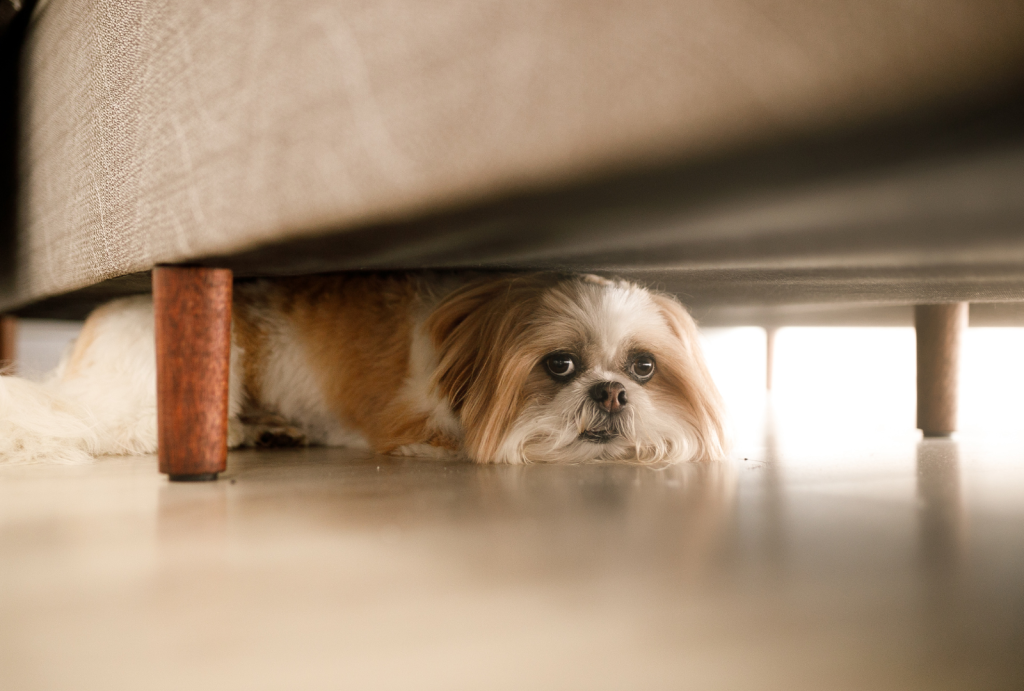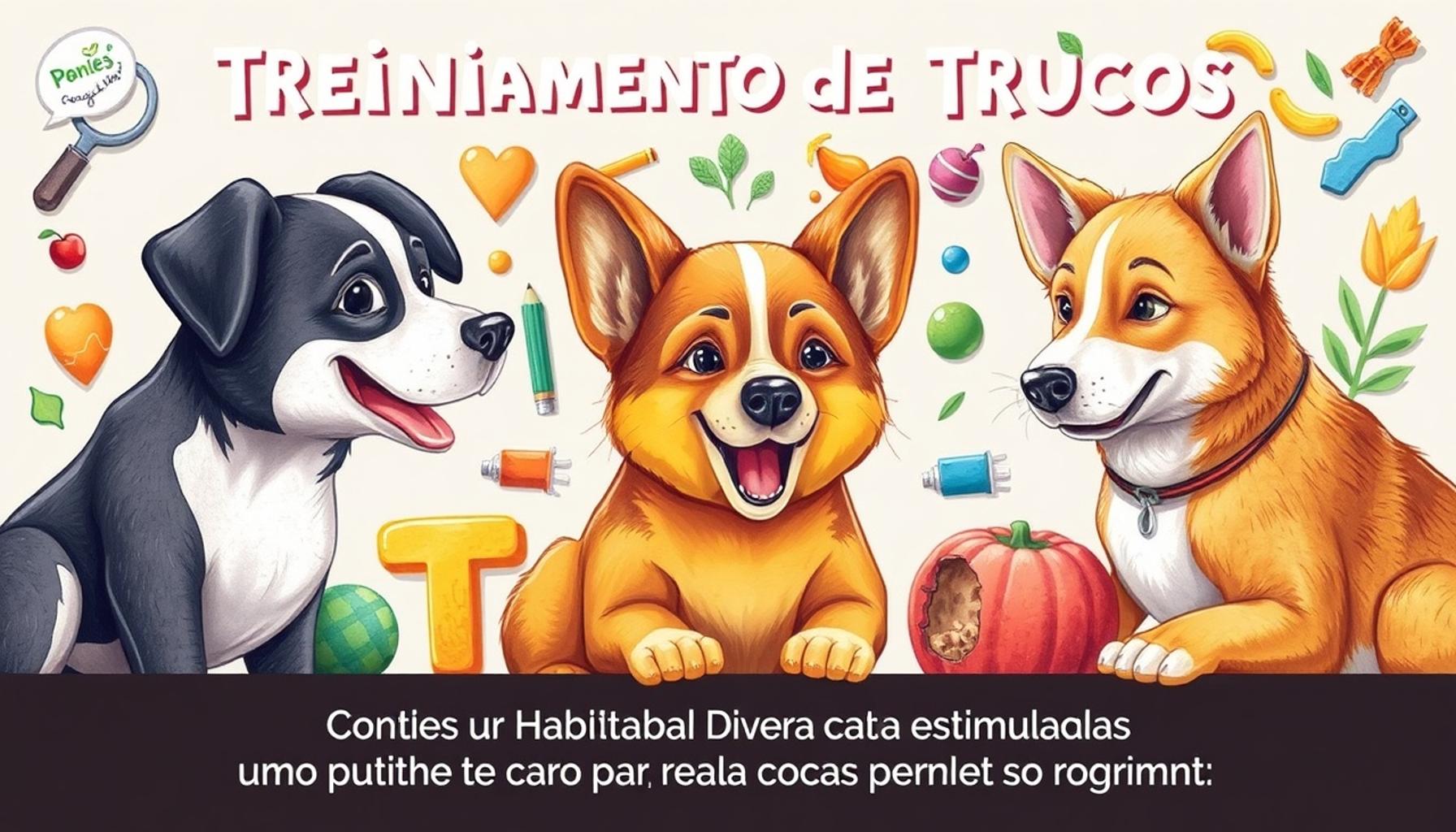Desensitization Techniques for Pets: Helping Animals Overcome Fears and Phobias

Understanding Pet Fears and Phobias
Fearful behaviors in pets can significantly disrupt their lives, affecting both their well-being and their relationships with humans. Many animals endure a wide range of fears, which can manifest in distressing and sometimes destructive behaviors. Common types of fears include reactions to loud noises, such as thunderstorms and fireworks, as well as anxiety stemming from separation from their owners or encounters with unfamiliar people and animals. In severe cases, these phobias can lead to chronic anxiety, promoting negative behaviors like excessive barking, chewing, or even self-harm.
Fortunately, desensitization techniques provide a structured approach to help pets gradually confront and overcome their fears. This therapeutic process involves controlled exposure to the feared stimulus, allowing animals to acclimate at their own pace. The gradual introduction of these stressors creates positive associations, ultimately leading to improved behavior and emotional stability.
Common Fears in Pets
- Noise-related fears: Many pets exhibit anxiety during thunderstorms or fireworks displays. For example, during the Fourth of July, countless dogs go missing each year as they flee their homes in fear.
- Separation anxiety: Pets often feel distressed when left alone, leading to signs of agitation, such as vocalization, digging, or destruction of household items.
- Fear of unfamiliar people or animals: A pet that has had limited socialization may react defensively to new individuals or pets, resulting in growling, hissing, or hiding.
- Fear of specific locations: Visits to places like veterinary clinics or grooming salons can instill fear due to previous negative experiences, making future visits challenging.
Implementing effective desensitization techniques can lead to significant improvements in a pet’s quality of life. Here are a few strategies that have proven beneficial:
- Gradual exposure to fear-inducing stimuli, starting with less intense situations and slowly increasing exposure as the pet becomes more comfortable.
- Utilizing positive reinforcement, such as treats, praises, and toys, to reward calm behavior during encounters with feared objects or scenarios.
- Creating safe spaces within the home where pets can retreat during stressful situations, such as a cozy bed in a quiet room with familiar toys.
Understanding these methods can empower pet owners to assist their furry companions in feeling secure within their environments. Practicing patience and consistency is key in the desensitization process. In the following sections, we will explore various desensitization strategies in greater depth, offering readers insights and practical tips for helping their beloved pets conquer their fears. By engaging in this supportive practice, owners can enhance not only their pets’ happiness but also strengthen the bond they share.
DIVE DEEPER: Click here for essential pet health tips

Effective Desensitization Techniques for Pets
Desensitization techniques for pets offer a pathway to soothe anxious animals, helping them gradually learn to manage their fears. These methods hinge on the concept of creating a controlled environment where pets can encounter their fears safely and slowly, alleviating their distress through a systematic approach. By implementing tailored strategies, pet owners can foster a more harmonious living situation for both themselves and their animals.
One of the core principles of desensitization is gradual exposure. This technique involves introducing the phobic stimulus to the pet in a manner that is non-threatening and manageable. For example, if a dog has a profound fear of thunderstorms, an owner might start by playing a recording of thunder at a very low volume while engaging in playtime or offering treats. Over time, as the pet shows signs of comfort and resilience, the volume can be increased gradually, ensuring that the experience remains positive.
Incorporating Positive Reinforcement
Another essential aspect of successful desensitization is the use of positive reinforcement. This method aids in building a sense of safety and reward for the pet when confronting their fears. Positive reinforcement involves offering treats, praise, or affection whenever the animal displays calm behavior in the presence of the feared object or situation. For instance, if a cat tends to feel uneasy around visitors, rewarding them with their favorite snack when they remain relaxed can slowly help them associate the presence of new people with positive outcomes.
Moreover, creating safe spaces is crucial in the desensitization process. Establishing a sanctuary within the home where pets can retreat during overwhelming moments can make a significant difference. This space should be cozy, filled with the pet’s favorite toys, blankets, and perhaps even an item of the owner’s clothing to evoke feelings of security. By offering a designated area where pets feel safe, owners provide their furry friends with an escape route, thereby reducing overall anxiety levels during desensitization practices.
In addition to these foundational techniques, reflecting on the pet’s history can provide valuable insights into their fears. Recognizing any previous traumatic experiences can guide owners in understanding what specific stimuli to address first during desensitization. For example, a dog that was once abused may fear certain movements or objects; easing into the desensitization process by addressing these triggers with patience is key to success.
Ultimately, desensitization is not a one-size-fits-all solution. Each pet is unique, and their journey towards overcoming fears can vary widely in duration and intensity. By utilizing these techniques—gradual exposure, positive reinforcement, and the creation of safe spaces—owners can equip their pets with the tools needed for emotional healing.
| Technique | Advantages |
|---|---|
| Counter-Conditioning | Transforms negative reactions into positive associations, alleviating stress while exposing pets to their fears gradually. |
| Systematic Desensitization | Helps pets learn to manage anxiety in a controlled environment, building their confidence through gradual exposure. |
Desensitization techniques are pivotal in addressing fears and phobias in pets. The dual approaches of counter-conditioning and systematic desensitization serve as critical frameworks for transforming an animal’s response to stressors. Through counter-conditioning, owners can reshape how their pets react to specific stimuli by pairing these fears with positive experiences, such as treats or praise. This technique has proven effective across various scenarios, from loud noises to unfamiliar environments.Meanwhile, systematic desensitization enables a structured and methodical exposure to anxiety-inducing elements. By slowly enhancing the intensity of the fear-inducing situations, pet owners can help their animals gain resilience over time. Understanding these techniques fosters a deeper bond between pet and owner, ensuring a safer, more comfortable environment for pets to thrive, encouraging further exploration into tailored desensitization practices.
LEARN MORE: Click here to discover the importance of a balanced diet for your pet
Utilizing Tools and Technology in Desensitization
As the pet care industry evolves, innovative tools and technology have emerged to assist pet owners in the desensitization process. One particularly effective method involves the use of anxiety-reducing devices, such as calming collars and anxiety wraps. These products work by applying gentle pressure to the pet’s torso, offering a sense of security that can aid in managing anxiety during exposure to fear-inducing stimuli. Such devices can be especially useful during the early stages of desensitization when the pet may be particularly sensitive to triggers.
In addition to physical aids, app-based technologies provide engaging ways to support the desensitization process. Mobile applications designed for dogs and cats can integrate sounds—like vacuum cleaners, fireworks, or thunderstorms—at adjustable volumes, allowing owners to simulate environments gradually. Some applications even offer guided training sessions, further enhancing the effectiveness of desensitization practices. Pairing technology with positive engagement can pave the way for a more comforting experience for pets.
Incorporating Professional Guidance
While many pet owners can navigate desensitization techniques independently, seeking professional guidance from a certified animal behaviorist or a trainer with experience in fear management can be tremendously beneficial. Professionals are equipped to devise personalized desensitization plans that take into account the pet’s specific fears, temperament, and history. Some trainers utilize the clicker training method, where the sound of a clicker indicates positive behavior and rewards follow. This reinforces calm reactions to fear-inducing situations, making the desensitization process not only effective but also enjoyable for pets.
Animal behaviorists can also teach owners how to observe and interpret their pet’s body language. Understanding how a pet communicates discomfort or stress can empower owners to adjust their approach in real-time, ensuring that the desensitization efforts remain within the pet’s comfort zone. This insight can be invaluable, especially in densely populated areas where pets may face various stimuli, such as loud noises or busy environments, that can trigger anxiety.
Community Support and Socialization
Engaging with a supportive community can also play a significant role in helping pets overcome fears. Pet owners are increasingly turning to meetup groups and online forums dedicated to pet anxiety to share experiences and learn from one another. These communities provide platforms for sharing stories about success and challenges in desensitization efforts. Moreover, socialization with other pets in controlled settings can provide alternative exposure without the overwhelming presence of other unregulated stimuli.
- Group Training Sessions: Participating in training classes can expose pets to their fears in a structured manner while demonstrating positive interactions with other animals.
- Pet-Friendly Events: Attending pet-related events where calm environments are prioritized can foster gradual exposure without overwhelming stimuli.
Through a combination of tools, professional advice, and communal engagement, pet owners can enhance their desensitization approach, leading their animals to emerge bravely from the shadows of fear and anxiety. With patience and dedication, overcoming phobias is not just possible; it can be a positive journey of growth for both pet and owner.
DISCOVER MORE: Click here to enhance your puppy training knowledge
Conclusion: Overcoming Fears and Phobias in Pets
Desensitization techniques for pets represent not just a solution to fear and anxiety, but a pathway to a more fulfilling life for both animals and their owners. Through an understanding of behavioral triggers and gradual exposure to fear-inducing stimuli, pet owners can engage in a compassionate journey of transformation that fosters trust and resilience. By integrating innovative tools like anxiety-reducing collars and apps that simulate sounds, caregivers can create an environment conducive to comfort and growth. Moreover, enlisting the support of professionals trained in animal behavior can tailor desensitization plans that cater to individual needs, enhancing the effectiveness of the process.
The role of community cannot be understated, as connecting with other pet owners through support networks encourages shared experiences and collective learning. By participating in group sessions and pet-related events, animals are exposed to new social settings that can further reinforce their learning in a safe manner. This communal experience not only aids in the desensitization process but also cultivates a sense of belonging for owners navigating similar challenges.
Ultimately, the journey toward overcoming phobias is one of patience, consistency, and understanding. With dedication, pet owners can witness their furry companions emerge from a state of fear into a realm of confidence. Together, they can celebrate the triumphs of growth and head toward a brighter, less fearful future. Embrace the journey, and allow the bonds between you and your pet to flourish as you navigate this transformative experience.



